Can Electrical Wires Be Zip-Tied Together?
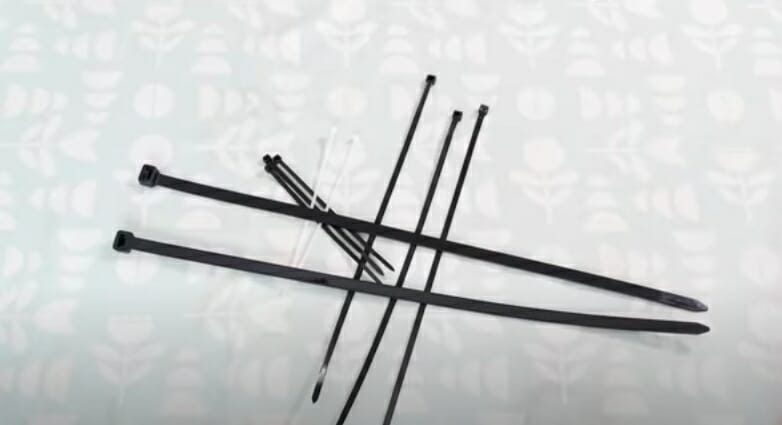
As an electrician, I often zip-tie different wires together. Zip-tying is an invaluable trick that enables you to arrange a variety of electric wires tidily. I will discuss some hacks for zip-tying electrical wires.
Quick Overview: Usually, zip tying is not dangerous; however, on the other hand, zip ties or Velcro strips can be hazardous in an electrical panel or conduit.
Zip ties may be the best solution if the cables are run over a long distance through a cable tray, along a floorboard, or overhead by J hooks. If used closely enough together, Velcro strips may also work in this situation.
I will cover more detail below.
Different Rule Interpretations From Codes (Advanced For Electricians Skip Section)
Interpretations of Rule 2-024
The CEC mandates the use of approved straps or other devices to support cables and raceways. However, cable ties used for securing need not be approved. “Securing” should not be confused with “support.” For example, a cable in a horizontal cable tray is supported by the cable tray and may be secured to the tray with cable ties. In the case of a vertical cable tray, the cable must be supported by an APPROVED clamp or fastener except for sort drops of 1.5 meters or less.
“Use of approved equipment (See Appendix A)
Electrical equipment used in electrical installations within the jurisdiction of the inspection department shall be approved. It shall be of the kind or type and rating approved for the specific purpose for which it is employed”.
Cable ties fall under CSA standard C22.2 No. 185, Positioning Devices, which is referred to in Appendix A on page 346 of the CEC Part I. Ultimately, the inspection authority having jurisdiction is empowered to approve the installation following the CEC Part I.
T.I. # 51 TIEWRAPS AS CONDUIT OR CABLE SUPPORTS
Tie wraps are not an acceptable supporting means for electrical conduits or cables.
Tie wraps will be permitted to secure cables where the weight of the cable is
supported in an acceptable manner, such as in a cable tray or on top of a unistrut type of supporting means.
Getting Started
Zip ties may be the best solution if the cables are run over a distance through a cable tray, along a floorboard, or overhead by j hooks. If used closely enough, Velcro strips may also work in this situation.
Advantages of Zip Tying Wires
- Excellent for both short and long runs of communication and data wire.
- Good for connecting computer computers to the wall via wires.
- Useful for organizing wires so that people do not trip over them.
- Quick fixes for making your workplace tidier
- They are inexpensive to buy. Amazon sells a pack of 100 just for 5.99 USD – Quite affordable.
Drawbacks and Dangers of Zip-Tying Wires
Zip-tying wires can be convenient, but we also have to consider the flip side of this technique. Below are the disadvantages of zip ties:
- Tighter bundles cause more heat to accumulate between the conductors. As a result, some electrical codes utterly prohibit this bundling from being used because it poses a potential fire hazard if the cables overheat. And, even if technically permissible, zip ties should never be employed with higher voltage wire without appropriately derating the wire. We would still advise against using them with high-voltage wire even if technically permissible.
- Because zip ties have a thick tail, they can get caught or snag when pulling the bundle via conduit or tray if allowed.
- Code only allows for low-voltage cable in the conduit; high-voltage cables do not allow for any foreign objects in the conduit or tray.
- It can damage the wire if it is pulled too tightly.
- It’s difficult to remove if you need to change the number of conductors. Or even the location of the cable to the device.
- An electrician can waste a lot of time applying multiple zip ties to large bundles and runs.
- Zip ties might not even be permitted to bundle cables running into a conduit, based on the purpose and cable and wire type.
How to Zip Tie Electrical Wires – Zip Tie Hacks
Step 1. Spread all the wires on a nice surface, such as a table, in order.
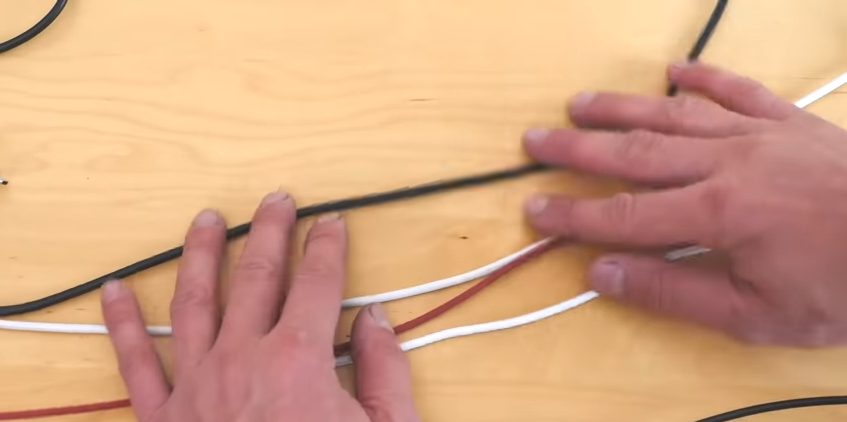
Step 2. Get a zip tie and wrap a zip tie around all the wires as demonstrated below.
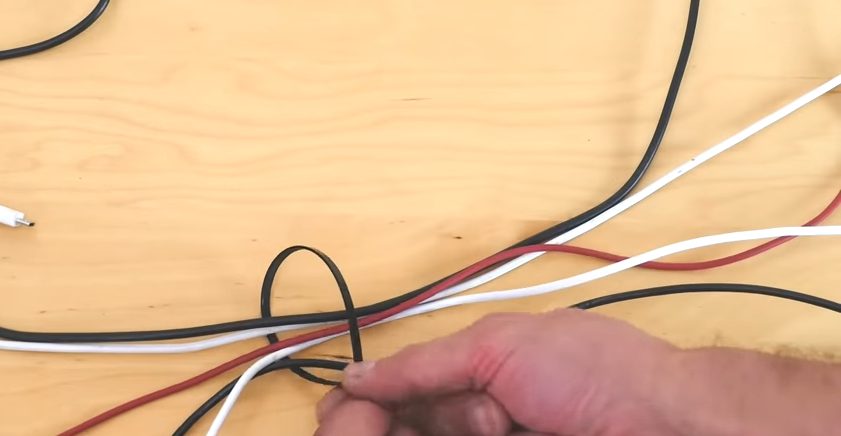
Step 3. Now, separate each cable by zip tying a zip on the original cable as. See below.
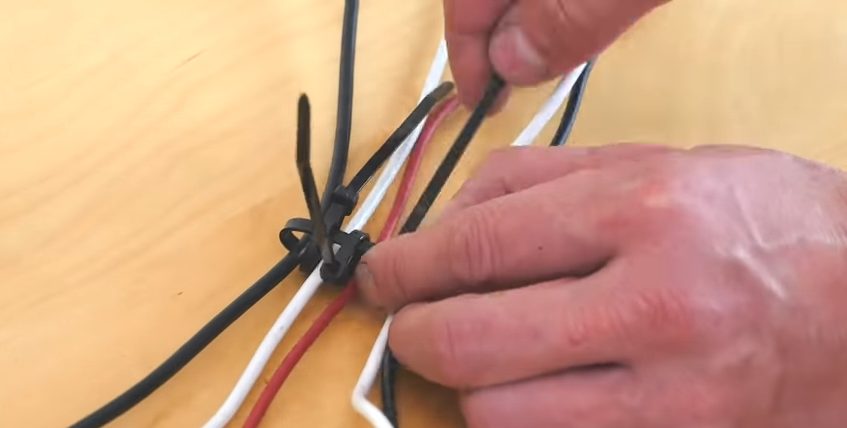
Tighten the zip and snip the excess sections of the zip tie.
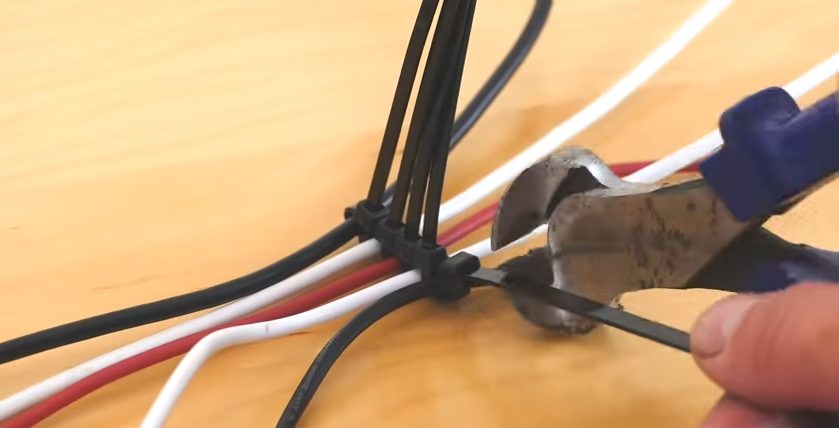
Tip. You should zip-tie the wires at regular intervals along the length of the wire to keep them neat.
Video Reference
DaveHax
